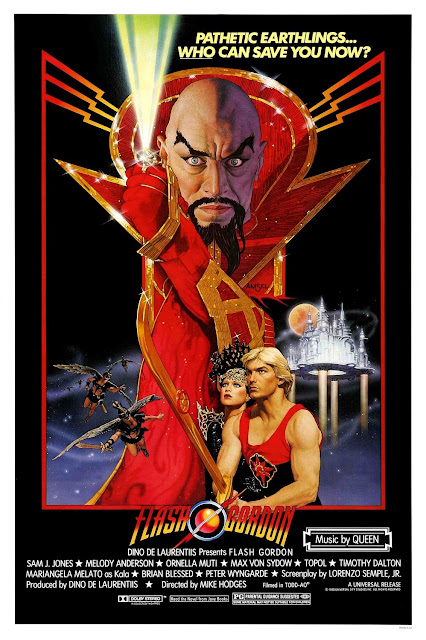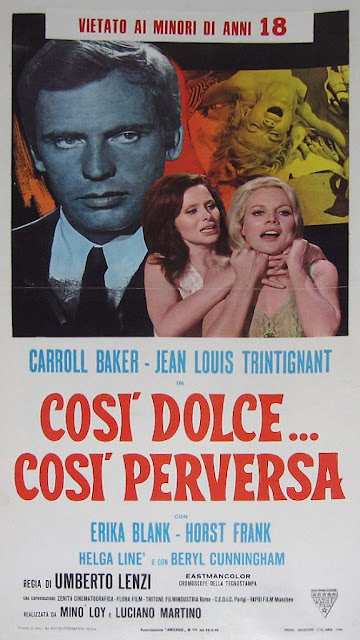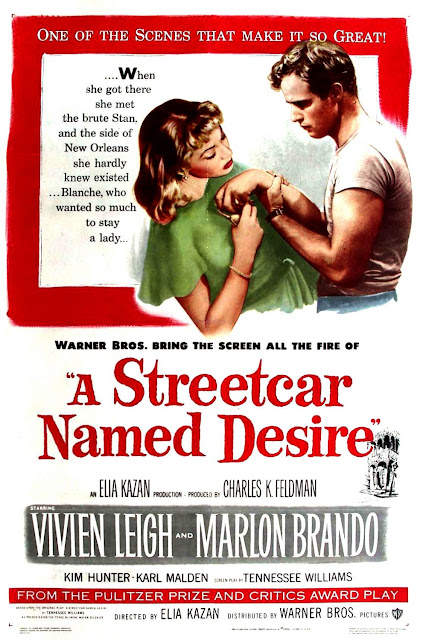Giant (1956) ***1/2

I had seen Giant (1956) once before, over 15 years ago, and I didn't remember much about it at all. In that sense, this viewing was like watching it for the first time. I have to say that it feels antiquated for a 2020 viewing. But I'm sure in its day it felt like a slap in the face to the old school "values" of Texas. Giant , based on Edna Ferber 's 1952 novel, is an epic film that contains a lot of big ideas about topics like racism, misogyny, modernization, and capitalism but it never quite explores any in a fully satisfactory manner. It still manages to feel intimate—despite its expansive Western landscapes—focusing on the life, family, and associates of cattle rancher Jordan "Bick" Benedict Jr. ( Rock Hudson ). Leslie ( Elizabeth Taylor ) becomes Bick's wife early on in the film and James Dean (who was tragically killed in a car accident before the film was released) plays the foil, Bick's neighbor Jett Rink (love that name), who throug






















